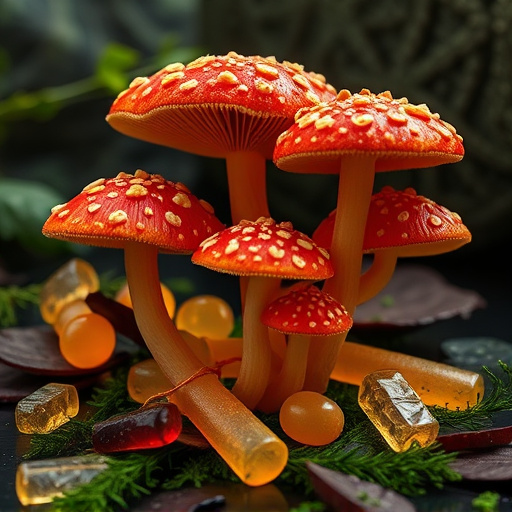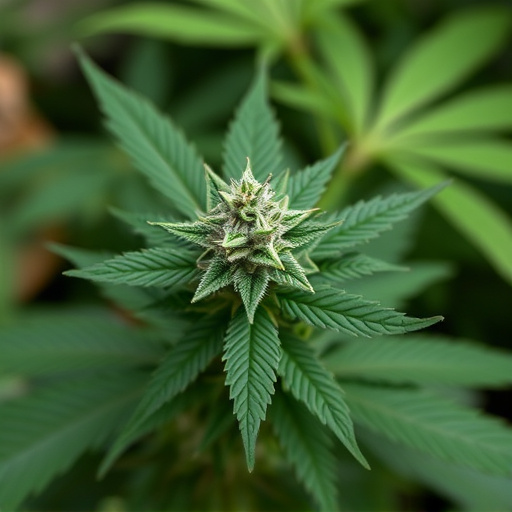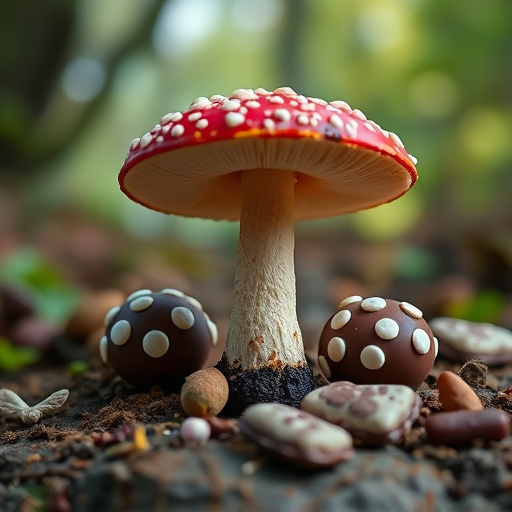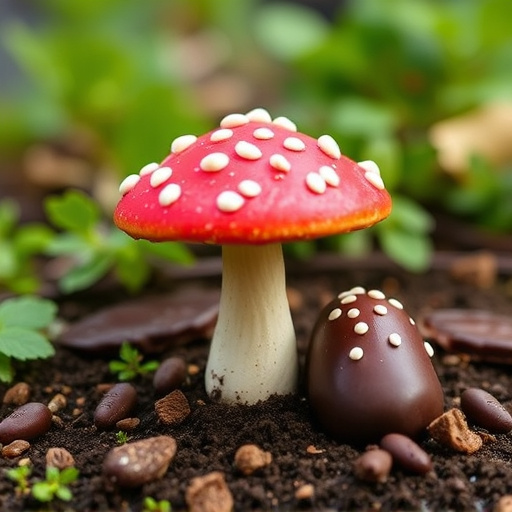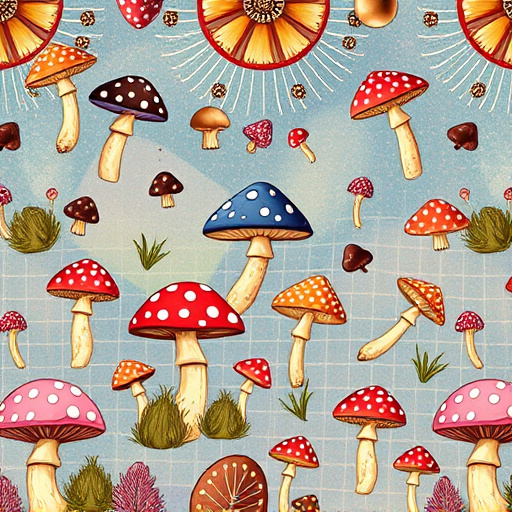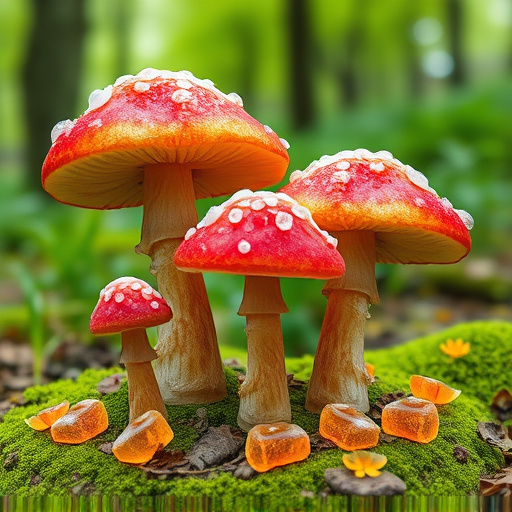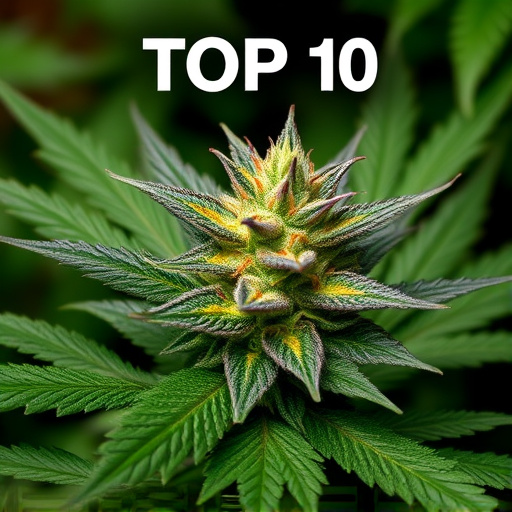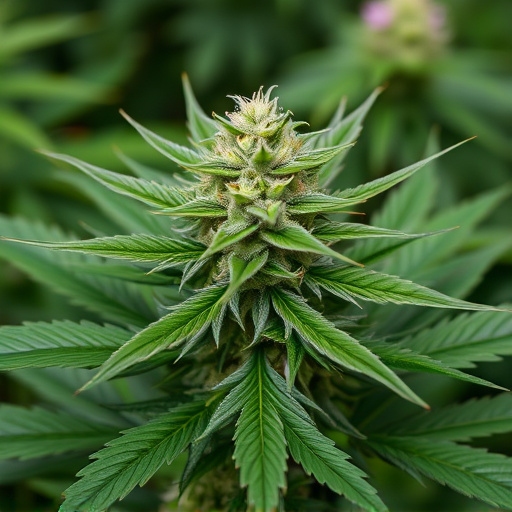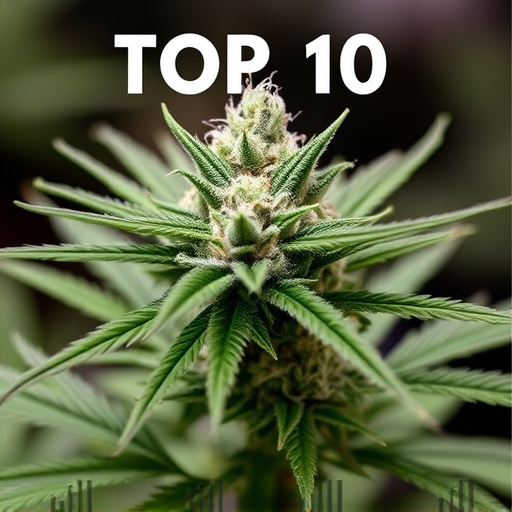Terpenes, or plant essential oils, significantly influence the aroma and flavor of cannabis, particularly its signature 'skunk' scent. While skunkiness is often associated with high-quality cannabis, not all terpene profiles exhibit this characteristic. Certain terpenes can mask or enhance skunkiness, making some strains more appealing to specific users. The "top 10 strains of cannabis" showcase diverse terpene combinations creating unique scents from earthy and musky to citrusy, piney, and floral notes. These organic compounds not only create distinct odors but also interact with THC to potentially modify its effects.
“Unraveling the enigmatic aroma of cannabis, particularly the distinctive skunk notes, requires an understanding of its chemical composition. This article delves into the science behind why some strains exude stronger skunky scents than others. We explore the role of terpenes, the driving force behind cannabis’ diverse aromas, and how they contribute to the characteristic skunkiness. Furthermore, we examine the genetic influences shaping these aromas through hybridization and breeding practices, highlighting the top 10 cannabis strains renowned for their skunk-like profiles. Finally, we provide insights for growers on cultivation techniques to manage and enhance these aromatic traits.”
- Terpenes and Skunkiness: The Key Players
- – Explanation of terpenes and their role in cannabis aroma
- – How certain terpenes contribute to skunky scents
Terpenes and Skunkiness: The Key Players
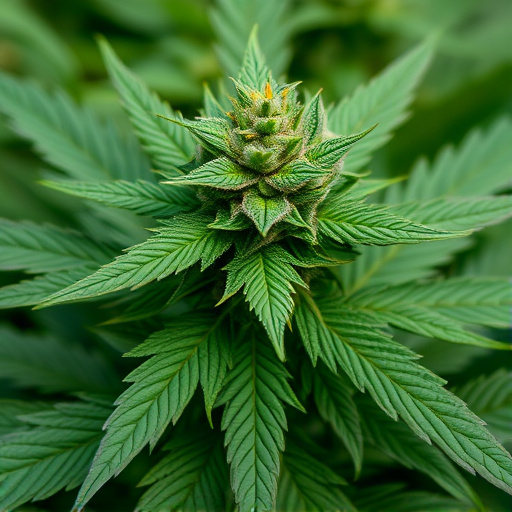
Terpenes, often referred to as the essential oils of plants, play a significant role in giving cannabis its unique aroma and flavor. These aromatic compounds are responsible for the distinct ‘skunk’ scent that some strains possess. While many associate this skunkiness with high-quality cannabis, it’s important to note that not all terpin profiles contribute to this characteristic. In fact, certain terpenes can mask or enhance the skunkiness of a strain, making it more desirable to some users and less appealing to others.
Among the top 10 strains of cannabis known for their skunk-like aromas, you’ll find a diverse range of terpene profiles. For instance, Myler’s (a popular hybrid) intense skunk scent is attributed to high levels of myrcene, known for its earthy and musky notes. On the other hand, strains like Blue Dream and Strawberry Cough offer a more complex bouquet, with a balance of terpin species that include limonene, pinene, and linalool, contributing to a blend of citrusy, piney, and floral aromas.
– Explanation of terpenes and their role in cannabis aroma

Cannabis enthusiasts often marvel at the diverse aromas and flavors among different strains, with some smelling skunkier than others. The key to understanding this variability lies in terpenes—organic compounds that contribute significantly to the unique scents we associate with cannabis. Terpenes are volatile oils produced by plants, including cannabis, and they play a pivotal role in shaping the aroma and potential therapeutic effects of different strains.
Each cannabis strain boasts its own terpene profile, which is like a signature scent. The top 10 strains of cannabis known for their distinctive aromas often feature terpenes like myrcene, limonene, pinene, and linalool. Myrcene, for instance, imparts a musky, earthy smell, while limonene offers a bright, citrusy note. Pinene gives off a piney aroma, and linalool is known for its lavender-like scent. These terpenes not only contribute to the pleasant or skunk-like odors but also interact with the cannabinoid THC, potentially enhancing or altering its effects.
– How certain terpenes contribute to skunky scents

Terpenes, organic compounds responsible for the unique aromas and flavors in cannabis, play a significant role in imparting skunky scents to certain strains. Among the many terpenes present, myrcene is particularly known for its earthy, musky, and sometimes skunk-like notes. Higher concentrations of myrcene can make a strain smell more skunk-like, making it one of the key contributors to this characteristic odor.
The top 10 strains of cannabis often boast prominent myrcene levels, enhancing their skunky aroma. Strains like Blue Dream, OG Kush, and Super Skunk are renowned for their intense skunk scents due to high terpene profiles. These terpenes not only affect smell but can also influence the strain’s effects, adding complexity to the overall cannabis experience.
The distinct skunkiness associated with some cannabis strains is largely attributable to specific terpenes, which play a pivotal role in shaping the plant’s aroma. Understanding these chemical compounds allows cultivators and consumers alike to navigate the market effectively when seeking the top 10 strains of cannabis known for their unique scents. By recognizing the terpene profiles responsible for skunky notes, enthusiasts can make informed choices, ensuring they experience the full range of aromas that these remarkable plants offer.

